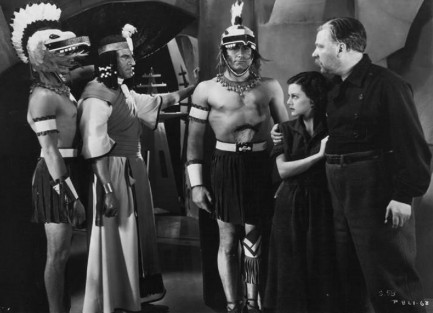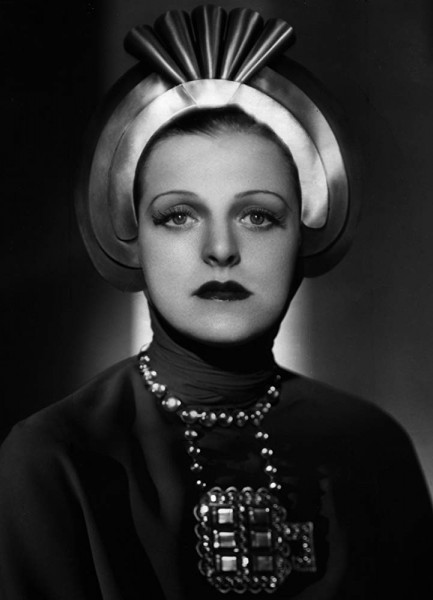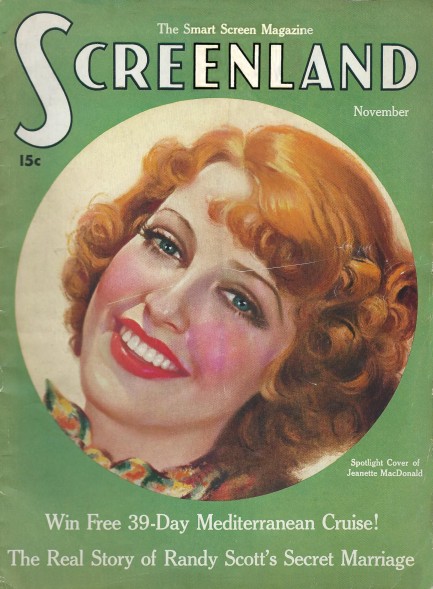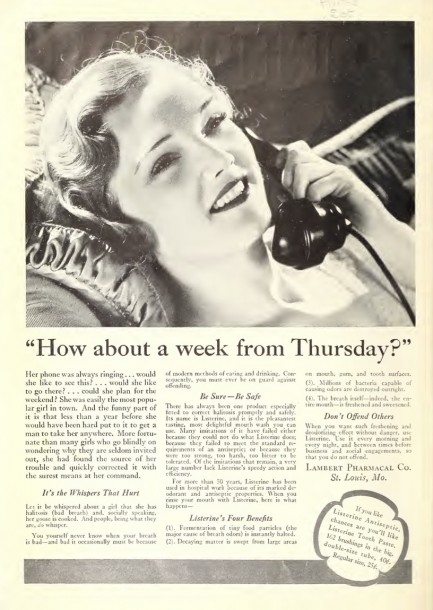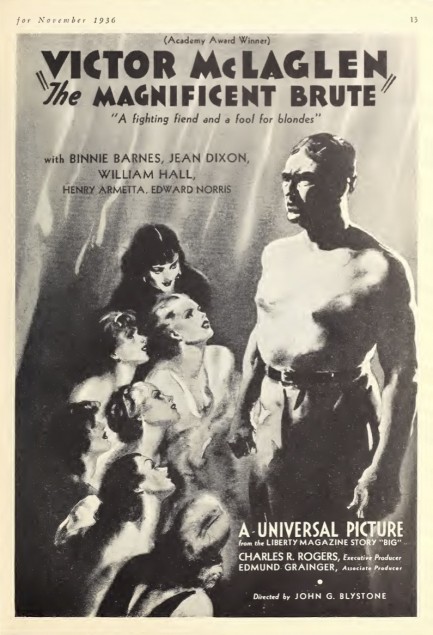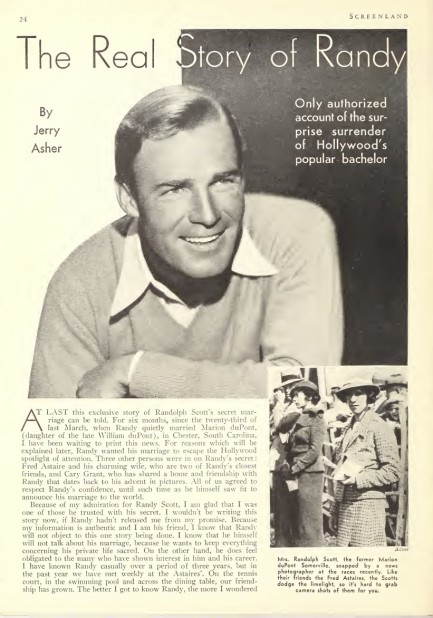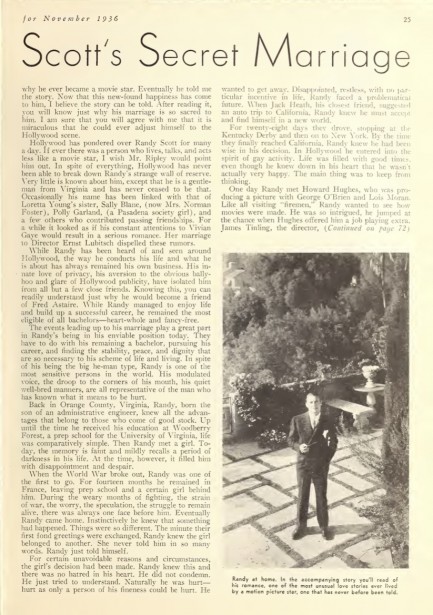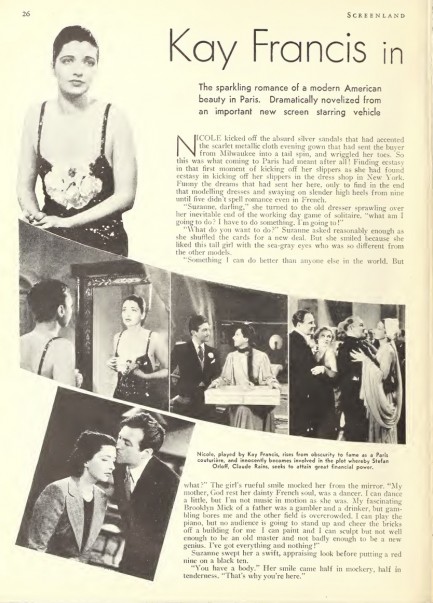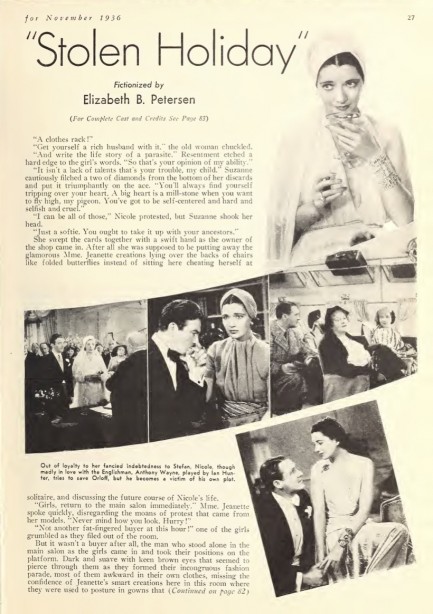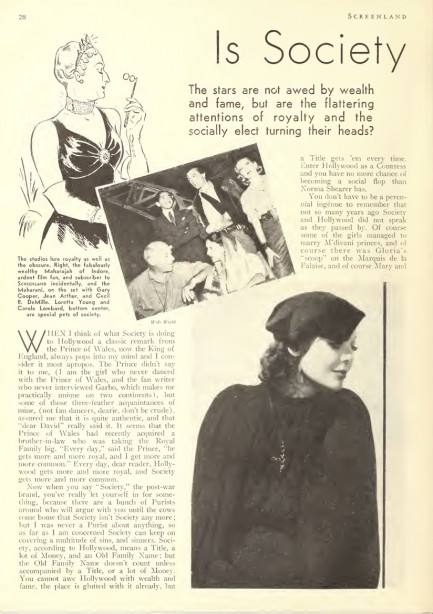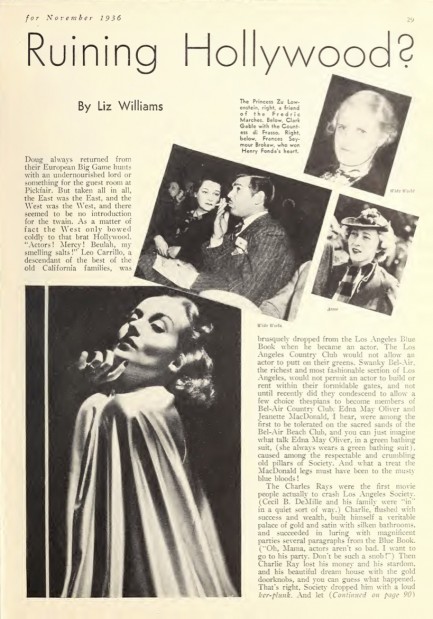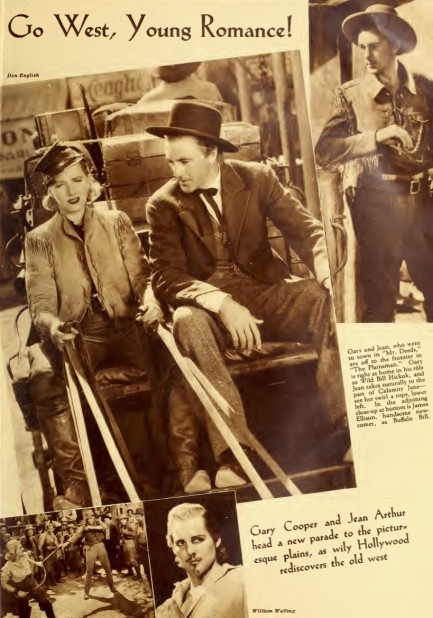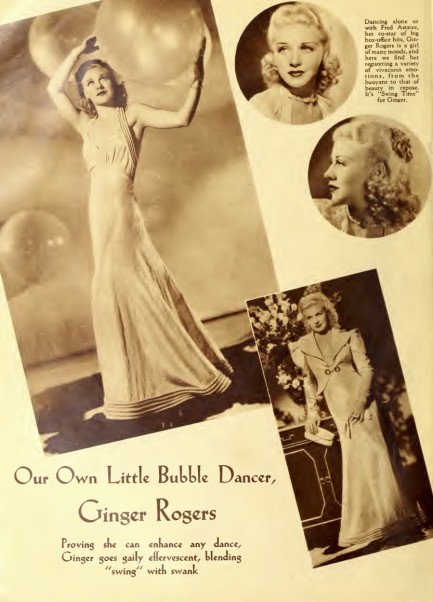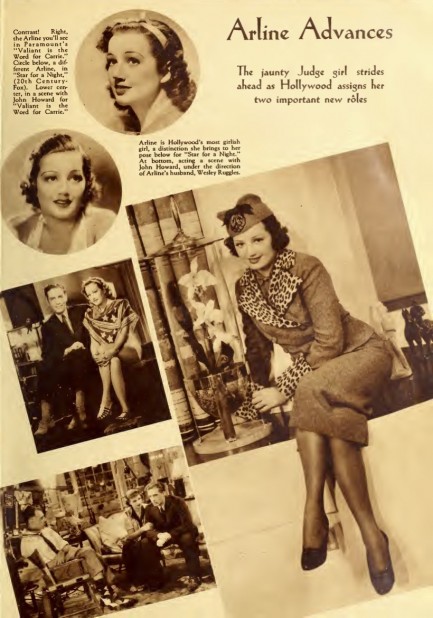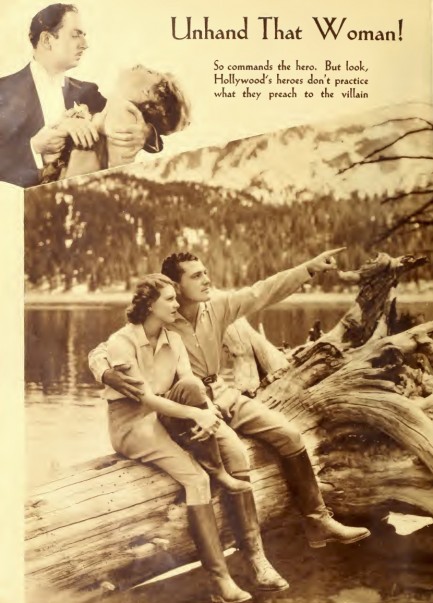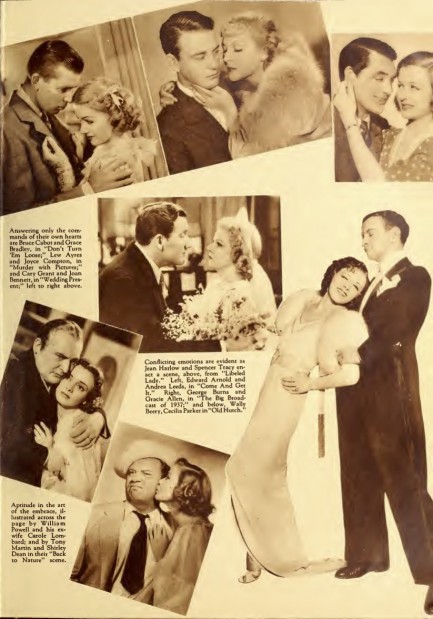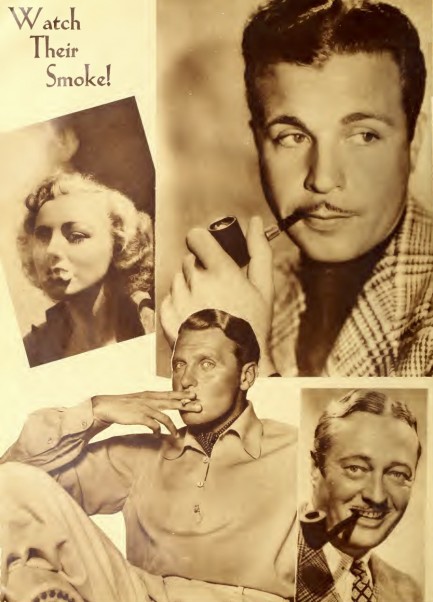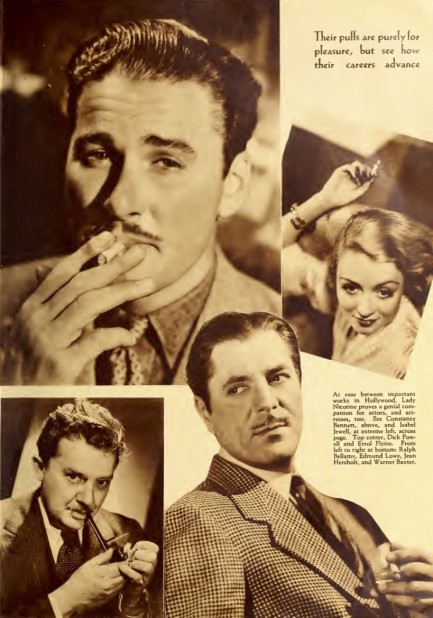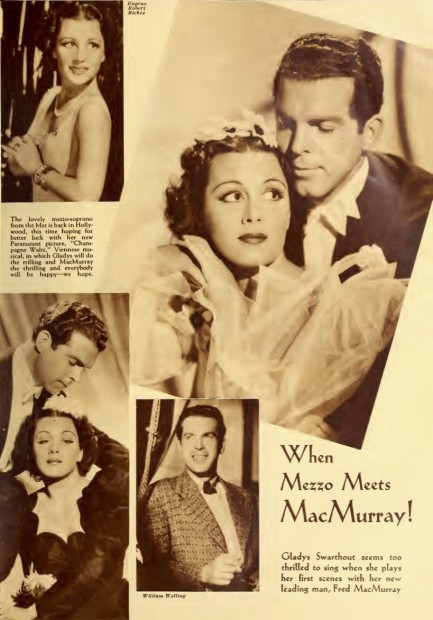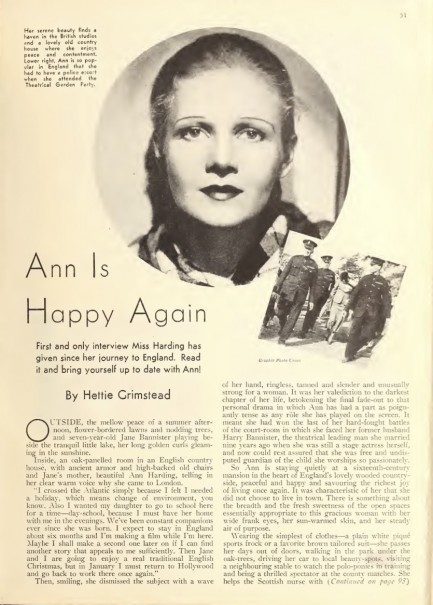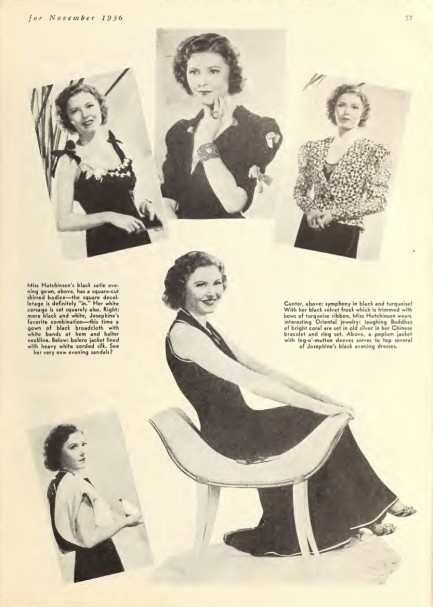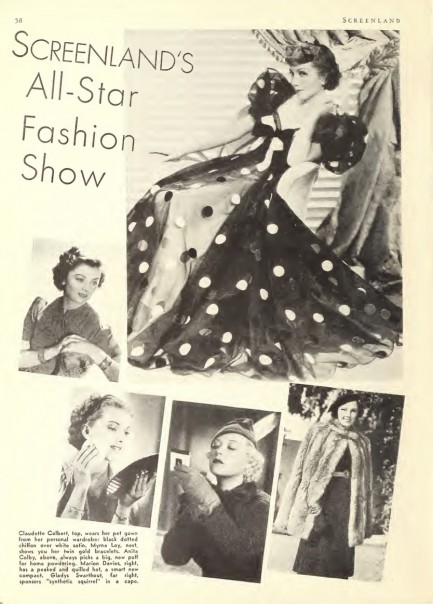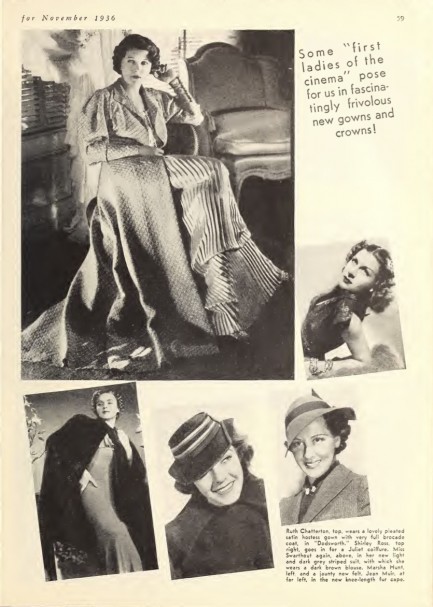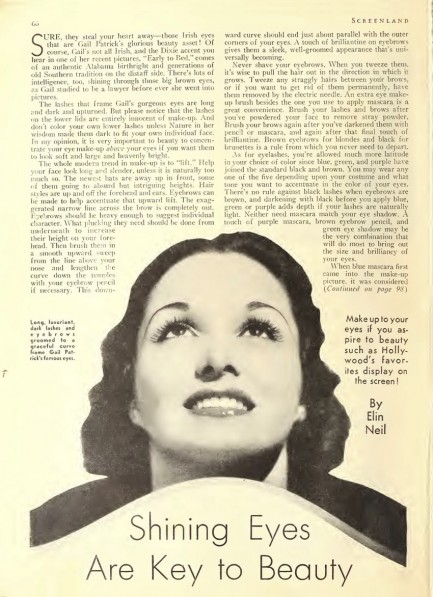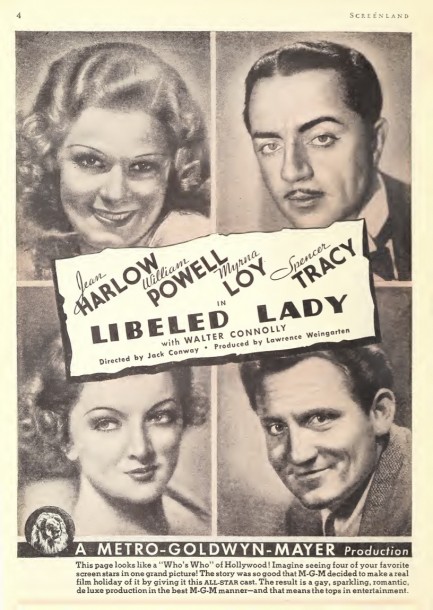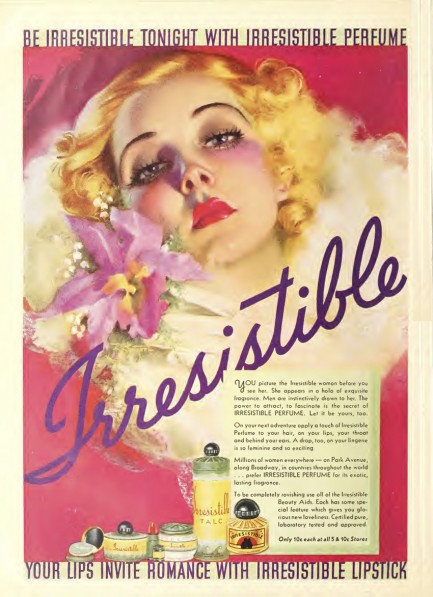 You guys hungry? I've got some piping hot human souls here. They're dee-lish. 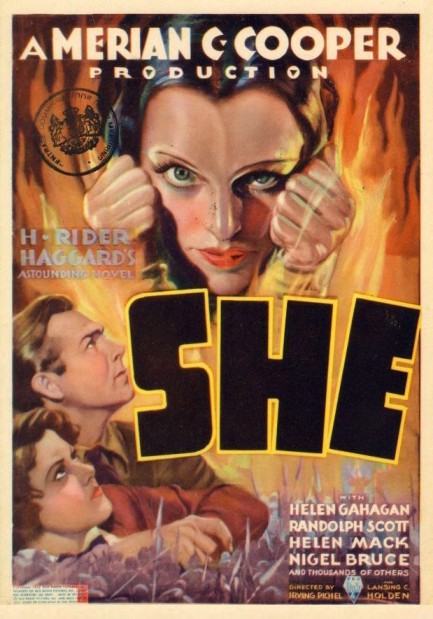
The lost world adventure She, starring Helen Gahagan and Randolph Scott, was produced by Merian C. Cooper, who made King Kong in 1933. With him involved you know She is a big production. It's also as pure a pulp movie as you'll find. It was based on H. Rider Haggard's pre-pulp tale She: A History of Adventure, which first appeared in 1886. The story involves a man named Leo following in the footsteps of a distant relative who disappeared five centuries ago searching for a lost land and the secret to immortality. It turns out that secret is real and it's guarded by an ageless goddess, beautiful and cruel, who all those years ago made Leo's distant relative her consort. But he died, which means when the goddess sees Leo she believes he's her dead lover returned from the beyond, and she's determined to possess him again. Gahagan is the goddess, Scott is Leo the explorer, and Helen Mack is his steadfast love, who takes none-to-kindly to some slutty goddess trying to lay her man. She is cheesy as hell, but it's also a high budget adventure with big sets, elaborate staging, and an insane fire stunt that comes during a chaotic climax. Movies this old always feel a bit alien, but it's still pretty good overall. It premiered in the U.S. today in 1935.
 The only real murders committed may have been of the animals. 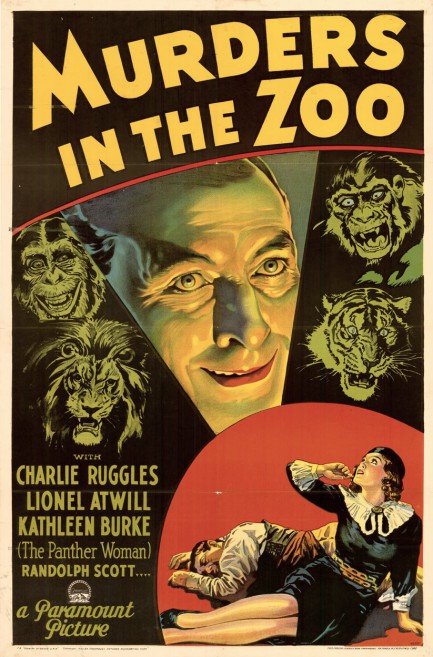 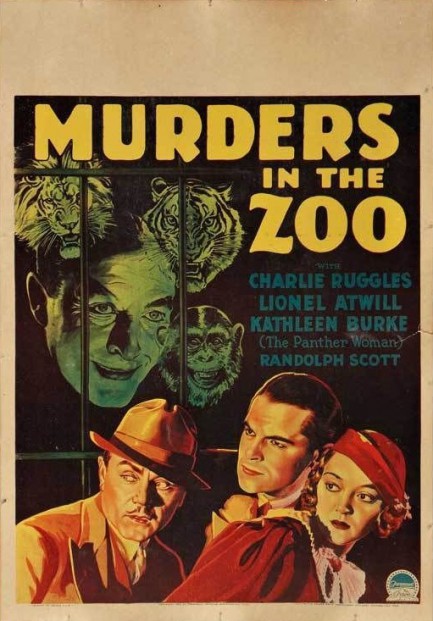
Murders in the Zoo is a brisk little sixty-two-minute thriller for which you see two excellent promos above. A dealer in large animals uses the menagerie he’s recently procured in Asia to dispose of his wife’s suitors. The cast is good, especially Kathleen Burke as the straying spouse. You’ll notice she’s called The Panther Woman on the posters. That’s a reference to her role as a woman bred from a panther in the previous year’s hit thriller Island of Lost Souls, and here she retains a hint of animal cunning that makes her the most watchable cast member. Other aspects of the film are less watchable. Zoos are sad affairs even today, but during the 1930s they were tawdry places rife with choke collars and tiny cages. Watching Murders in the Zoo explains why today’s productions have the American Humane Association on set defending the animals’ wellbeing. Late in the proceedings, the villain tries to facilitate his escape from justice by (spoiler alert) releasing all the big cats from their cages, triggering a feline free-for-all of slashing claws and gnashing fangs. This is no special effect, folks. The sequence is brief and uses footage from two angles to extend the running time, but still, injuries surely resulted. At the least, the leopard that was held down and gnawed on by a lion probably had PTSD until the end of its days. Sometimes we point out scenes in vintage cinema that fall into the could-not-be-filmed-today category, and usually those exemplify the visionary artistry of the past. What is mostly exemplified by Murders in the Zoo’s cat scrum is the cruelty of the human species. But from a purely cinematic perspective it’s a powerful scene, and indeed, the entire zoo setting heightens the overarching dread. As 1930s movies go, Murders in the Zoo is an excellent one. It premiered in the U.S. today in 1933. 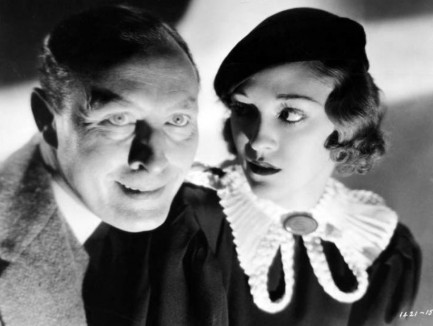 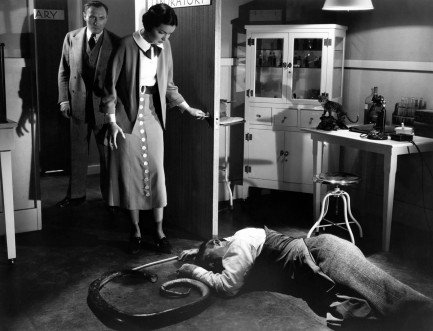 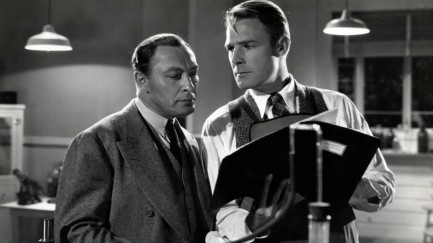 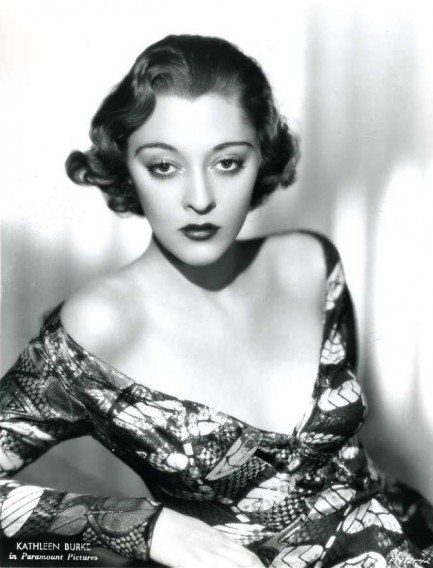
 New memoir outs pretty much everyone in 1940s Hollywood. 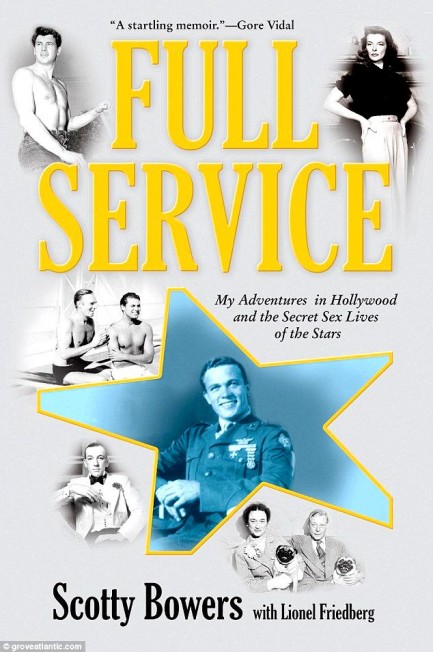
Every year, a raft of Hollywood tell-alls hits the newsstands, all claiming to be filled with juicy revelations, with only a scant few actually delivering on that promise. Scotty Bowers' newly published Tinseltown memoir Full Service falls into the latter group. We think it's destined to be one of the most remembered show business memoirs ever written.
Bowers was a World War II vet-turned-bartender who arrived in Hollywood in 1946 and quickly found that his striking looks opened doors for him. Those doors allegedly led to the bedrooms of such varied personages as Edith Piaf, Spencer Tracy, Cary Grant, Vivien Leigh, and the Duke of Windsor. Bowers soon became known on the Hollywood fast track as a guy who could arrange trysts for stars too cautious or too shy to manage it themselves, and located sexual partners for Vincent Price, Katherine Hepburn, Rock Hudson and scores of others. Some of his claims are just jawdropping. Among them: he says he procured about 150 women for Katherine Hepburn, had threesomes with Cary Grant and Randolph Scott, and learned Spencer Tracy was bi-sexual only when, in a drunken stupor, the star "began nibbling on my foreskin." There's always a degree of scepticism aroused by books like these, but Full Service dovetails with rumors that have been floating around Hollywood for decades, and has been endorsed by Gore Vidal, who claims to have been privvy to much of what Bowers describes and has called the book "as revelation filled as Hollywood Babylon." Predictably, the relatives of some of the stars mentioned in the book are not happy with its content, but Bowers steers clear of any true libel and probably can't be sued. As to why it took him so long to reveal his many secrets, he said in an interview with the New York Times, "I'm not getting any younger and all my famous tricks are dead by now. The truth can't hurt them anymore."
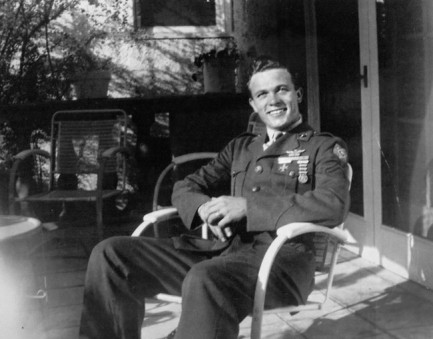
|
 |

The headlines that mattered yesteryear.
1947—Heyerdahl Embarks on Kon-Tiki
Norwegian ethnographer and adventurer Thor Heyerdahl and his five man crew set out from Peru on a giant balsa wood raft called the Kon-Tiki in order to prove that Peruvian natives could have settled Polynesia. After a 101 day, 4,300 mile (8,000 km) journey, Kon-Tiki smashes into the reef at Raroia in the Tuamotu Islands on August 7, 1947, thus demonstrating that it is possible for a primitive craft to survive a Pacific crossing. 1989—Soviets Acknowledge Chernobyl Accident
After two days of rumors and denials the Soviet Union admits there was an accident at the Chernobyl nuclear power plant in Ukraine. Reactor number four had suffered a meltdown, sending a plume of radioactive fallout into the atmosphere and over an extensive geographical area. Today the abandoned radioactive area surrounding Chernobyl is rife with local wildlife and has been converted into a wildlife sanctuary, one of the largest in Europe. 1945—Mussolini Is Arrested
Italian dictator Benito Mussolini, his mistress Clara Petacci, and fifteen supporters are arrested by Italian partisans in Dongo, Italy while attempting to escape the region in the wake of the collapse of Mussolini's fascist government. The next day, Mussolini and his mistress are both executed, along with most of the members of their group. Their bodies are then trucked to Milan where they are hung upside down on meathooks from the roof of a gas station, then spat upon and stoned until they are unrecognizable. 1933—The Gestapo Is Formed
The Geheime Staatspolizei, aka Gestapo, the official secret police force of Nazi Germany, is established. It begins under the administration of SS leader Heinrich Himmler in his position as Chief of German Police, but by 1939 is administered by the Reichssicherheitshauptamt, or Reich Main Security Office, and is a feared entity in every corner of Germany and beyond. 1937—Guernica Is Bombed
In Spain during the Spanish Civil War, the Basque town of Guernica is bombed by the German Luftwaffe, resulting in widespread destruction and casualties. The Basque government reports 1,654 people killed, while later research suggests far fewer deaths, but regardless, Guernica is viewed as an example of terror bombing and other countries learn that Nazi Germany is committed to that tactic. The bombing also becomes inspiration for Pablo Picasso, resulting in a protest painting that is not only his most famous work, but one the most important pieces of art ever produced.
|

|
|

It's easy. We have an uploader that makes it a snap. Use it to submit your art, text, header, and subhead. Your post can be funny, serious, or anything in between, as long as it's vintage pulp. You'll get a byline and experience the fleeting pride of free authorship. We'll edit your post for typos, but the rest is up to you. Click here to give us your best shot.

|
|


